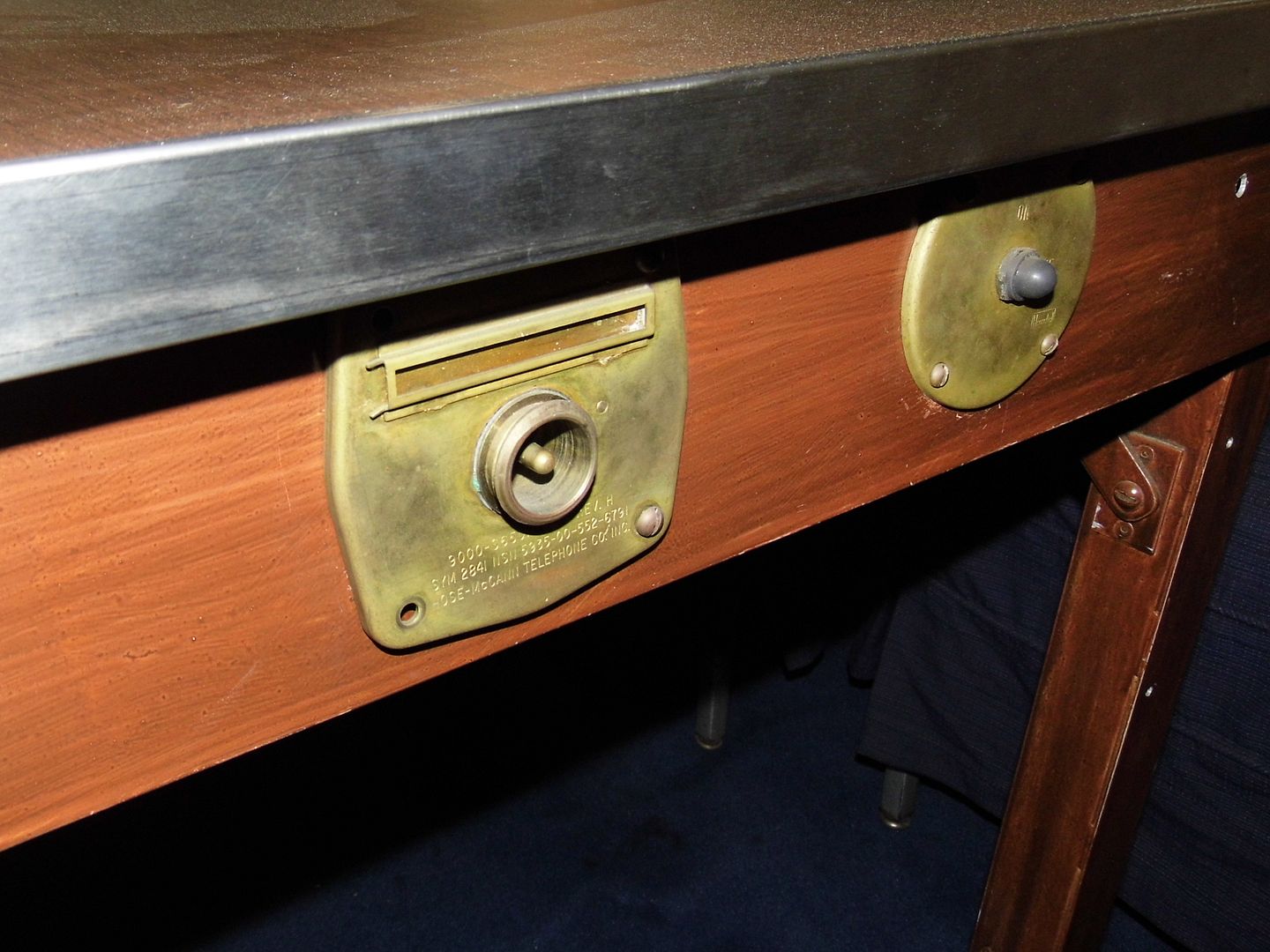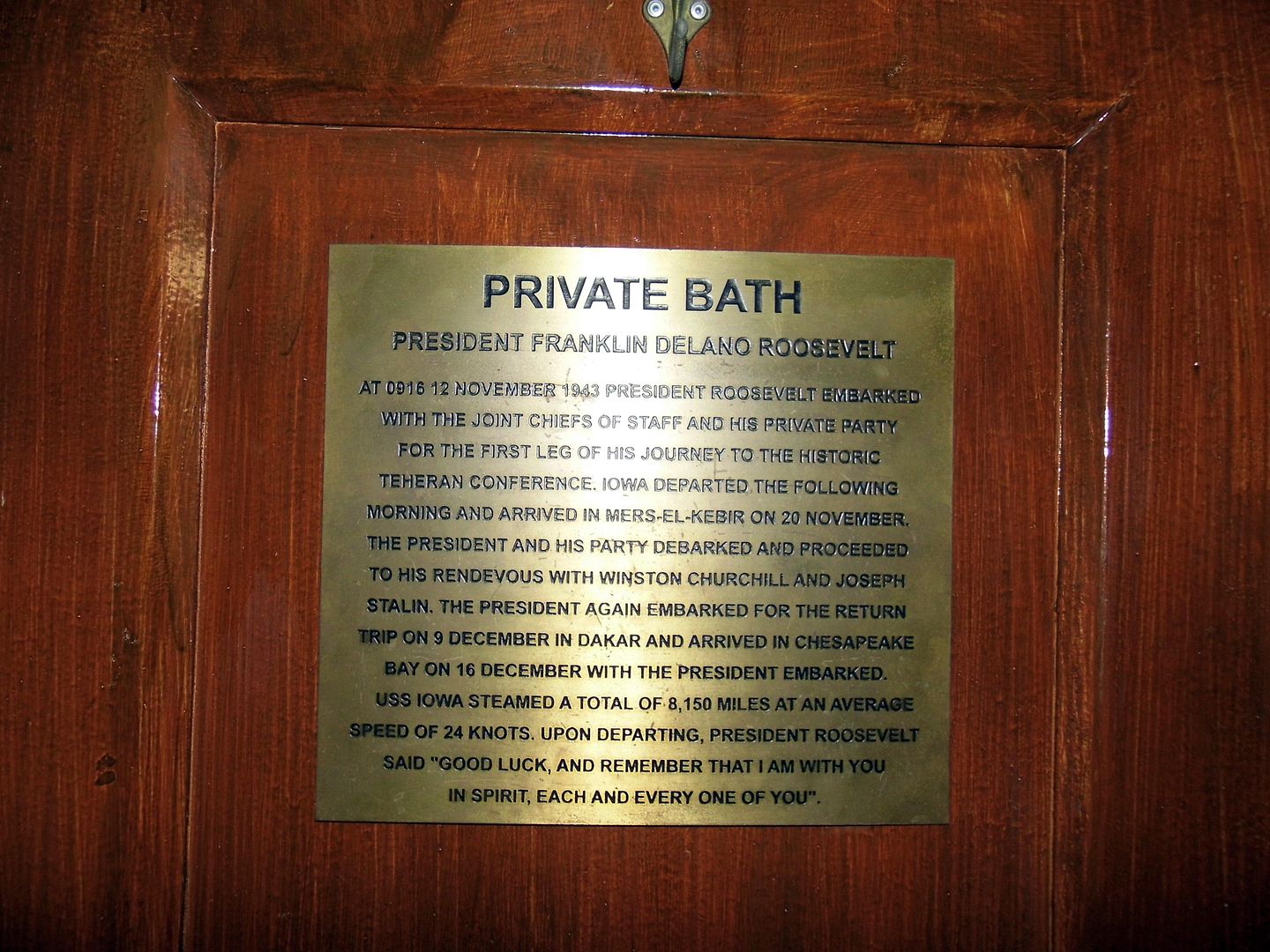Circa 1987 (Photo: National Museum of the U.S. Navy, Public Domain)
I was never good at history (or "social studies") in school. I didn't have the patience for learning all the names and dates and places.
I could commit enough of them to my short-term memory to pass the tests, write the papers, and get an A or B on my report card, but none of it ever made much sense to me. None of the stories really felt very connected.
So there's a lot I don't know about U.S. and world history—but I'm learning now. Bit by bit, I'm exploring people, places, and things that are somehow connected to my life and to each other.
And so, four years after the USS Iowa emerged from the Navy's mothball fleet and made the Port of LA her permanent home, it was time for me to know more about battleships than what I experienced playing (and winning) the board game as a child.
The USS Iowa, built at the Brooklyn Navy Yard, was the lead ship of the last class of battleships in the Navy, having served in three significant commissions: World War II, the Korean War, and the Cold War.
It seems like there's very little that you don't get to see as you round each corner and wander each corridor of the Iowa, but this is a pretty giant ship. And there's way more to it than meets the eye.
Although this Iowa (BB-61) has gone through various refurbishments over time, including some cosmetic clean-up once she was taken out of service for good, she still needs its wooden decks restored and replaced.
During the 1980s Cold war effort, the original teak was replaced by Douglas fir—which was more affordable, but also more likely to rot and need replacement. The non-profit that now runs the permanently moored ship has already painted over the rusted chains, and they'll eventually replace the decks.
At 887 feet (about 0.15 nautical miles) in length, that's a lot of restoration to be done. But the ship isn't unwieldy—because at 108 feet at her widest point, she's narrow enough to fit through the Panama Canal (which she did, in 1944). And baby, she was fast.
She had the biggest guns on any U.S. Navy ship, used primarily for anti-aircraft missions: the nine 16-inch guns mounted on three stacked turrets that you can see today (capable of carrying 2000 tons of firepower).
There were also 20mm and 40mm guns once on board, but they were removed by the time the Iowa was used in the Cold War.
The Iowa sailors used various types of blind load / inert ballistics for target practice, but when they really wanted to hit (or pierce) something, they had High Capacity general purpose rounds as well as an "Armor Piercing" shell that would go through 30 feet of concrete and a nuclear shell named "Katie."
The "Firecracker" shell could scatter 400 grenades over nine acres—projectiles that wouldn't do much for taking down big buildings, but it would kill pretty much anyone in its path.
Inside the ship is just as fascinating as the guns mounted on the outside—including a map of the Pacific Rim from her first commissioning (sometime between 1943 and 1949), which had been painted over and rediscovered in 2012.
A mural of the image "Our Lord of the Sea" (from the cover of a 1944 issue of Extension Magazine) was painted on the wall of the ship's main galley sometime during the Cold War commission (1984 to 1989)...
...but it was ordered to be removed—and there are no plans to restore it.
In the kitchens, there are still dishes in the sink. It's as though someone might walk in and start kneading dough to bake bread at any given moment.
Walking through the IOWA isn't quite like visiting a battlefield or examining antique military firearms and vehicles.

circa 2019
This was home for hundreds of sailors—from CO's and XO's (with their own fancy, private staterooms) all the way down to the new recruits.

circa 2019

circa 2019
They climbed narrow, steep stairs—up and down the ship, every day. They witnessed Japanese projectiles hit the Iowa in 1944 and fortunately not do much damage.
They also witnessed a gunpowder explosion in the center gun of Turret 2 during a peacetime drill in 1989—and 47 of them died from the resulting blast (and inferno) inside the gun assembly. And few, if any, of the survivors actually know what caused it.
These are the hatches they opened...
...the alarms they rang...
...the signals they sent...
...the calls they made...
...the doorways they knocked their knees on...
...and the guns they fired.
They were surrounded by these portholes and locks, valves and levers, and rivets and ladders on every deck, for every day that they were deployed at sea.
These are the flags they flew, as the Iowa led other Navy vessels into battle.

circa 2019

circa 2019

circa 2019
The USS Iowa may have been the first of the Iowa-class battleships to be commissioned, but she was the last battleship to retire permanently.
circa 2017
Once called the "Battleship of Presidents" (having hosted Reagan, and George H.W. Bush, in addition to FDR), the USS IOWA is now known as the Battleship Iowa Museum.She's still painted "haze gray," which earned her the nickname "The Gray Ghost of the Korean Coast." Her scars from the 1989 Turret #2 explosion have been repaired. But the "Big Stick" (as in, Speak softly and carry a big stick...) will sail no more, forever docked at the former home of the U.S. Battle Fleet (1919-1940).
And, of course, soon after she arrived in LA, she started getting cast in film and TV productions—most notably, NCIS (which ironically is about the same unit that investigated the 1989 explosion in Turret #2).
Related Posts:
Photo Essay: An American Warship Docks in LA
Brooklyn Navy Yard Tour
Photo Essay: Southwest Marine Shipyard at Terminal Island, A Japanese Fishing Village Ghost Town
Photo Essay: Fort MacArthur and The Battle of Los Angeles
The View By Boat

No comments:
Post a Comment